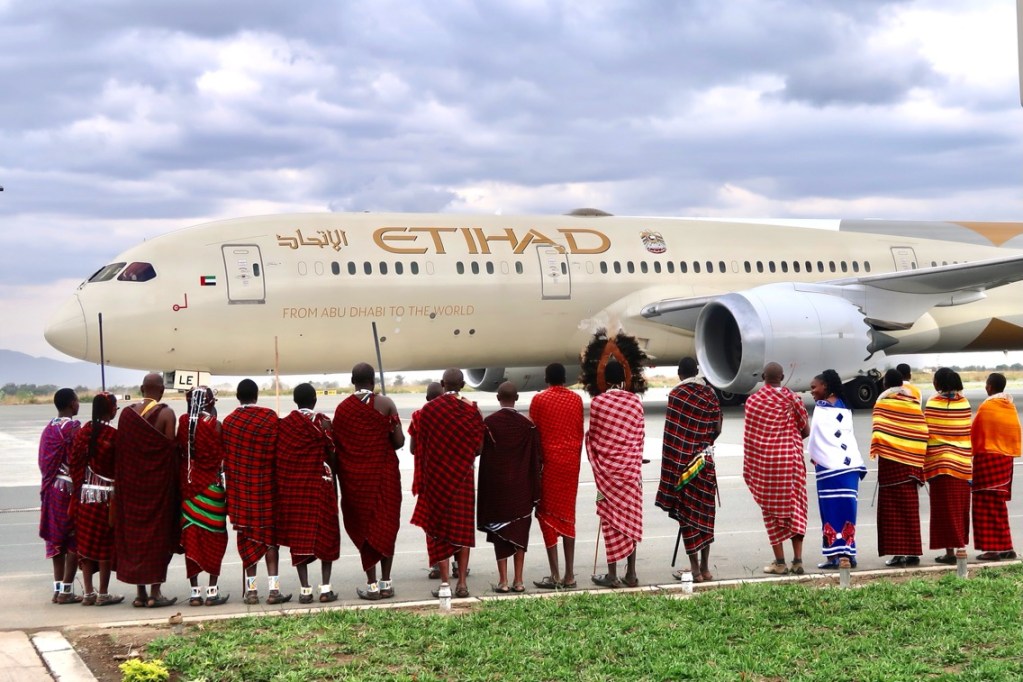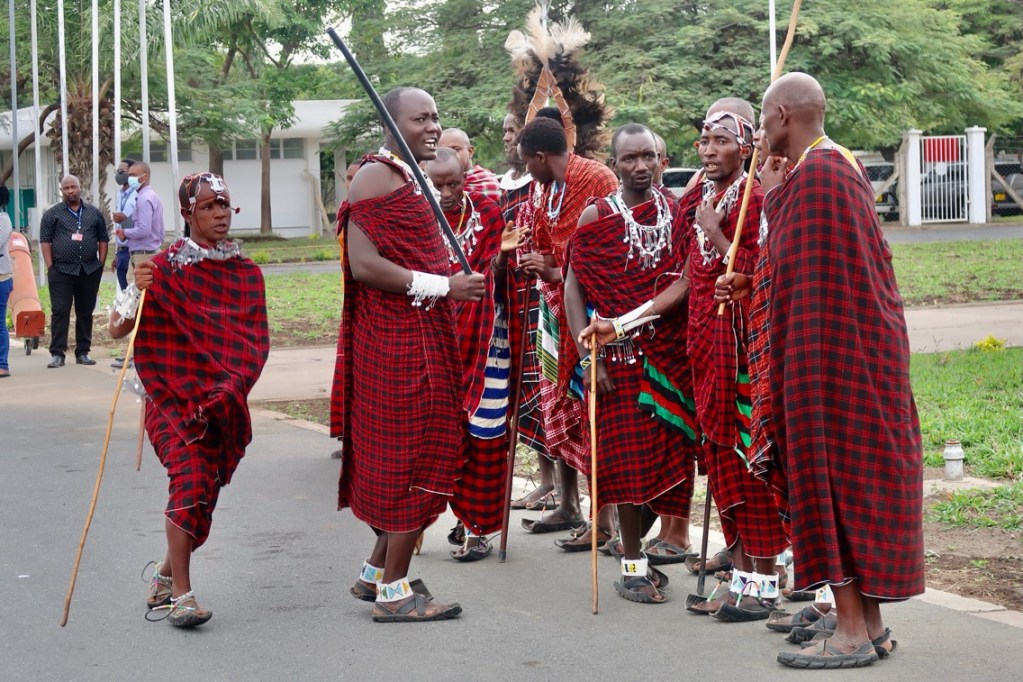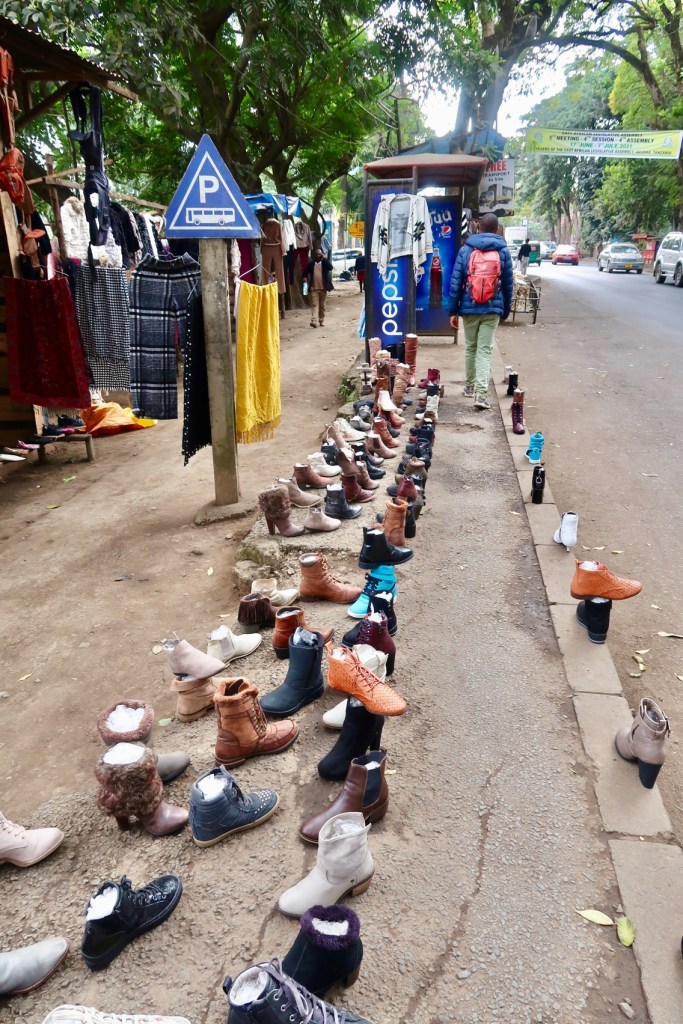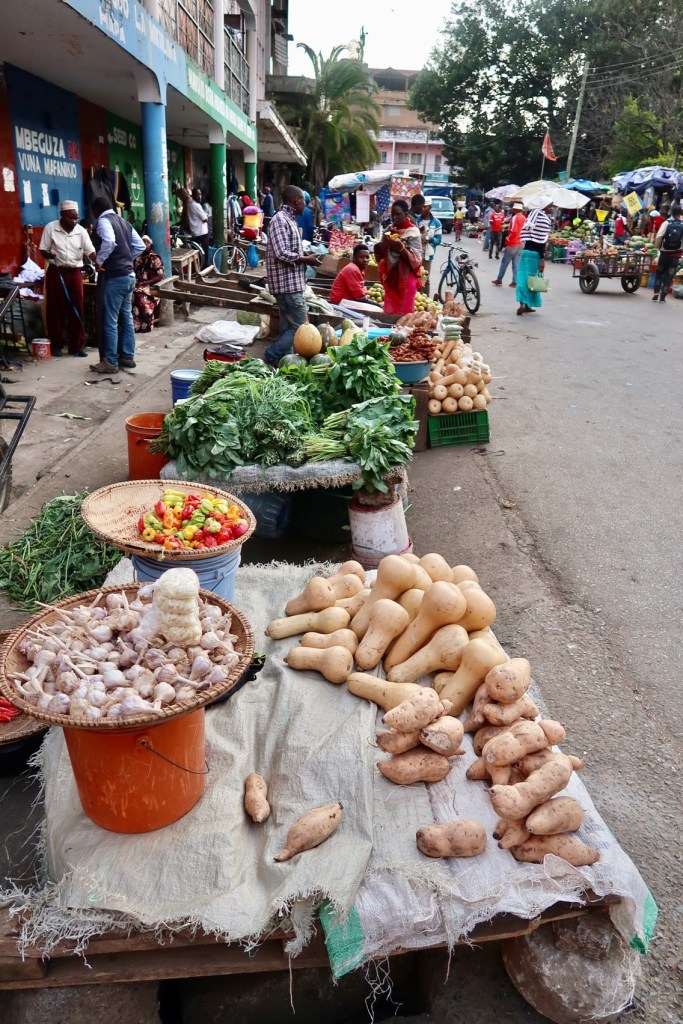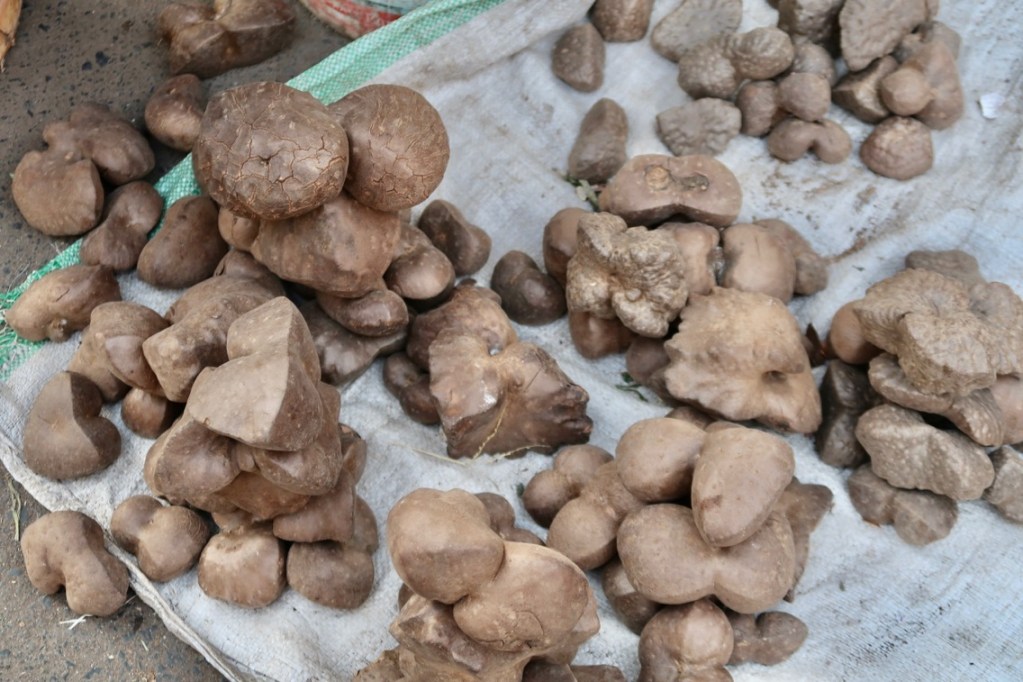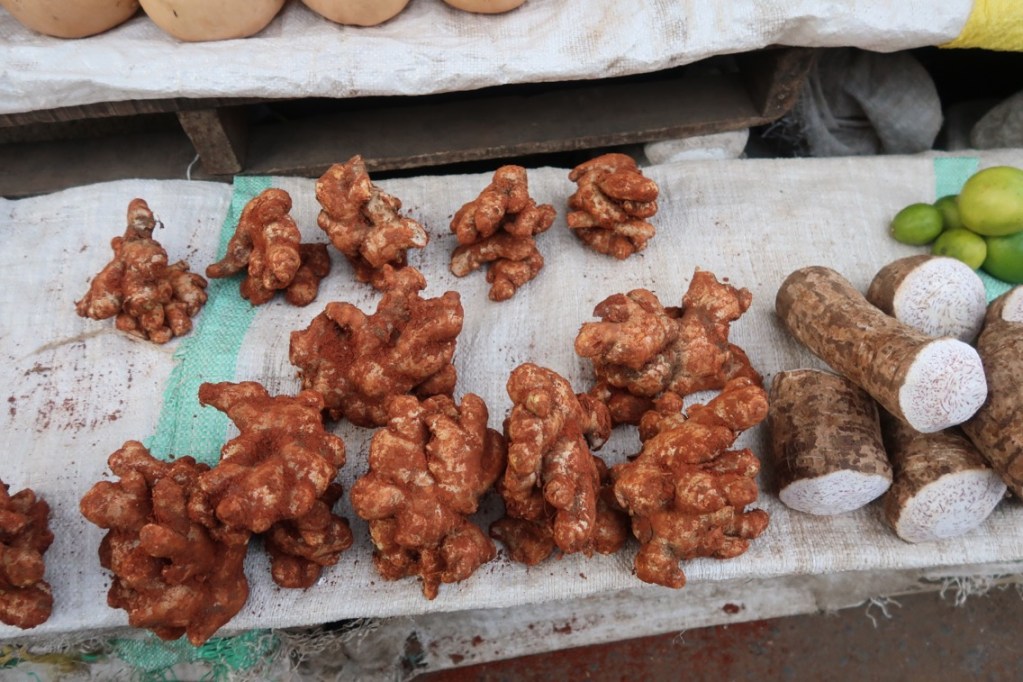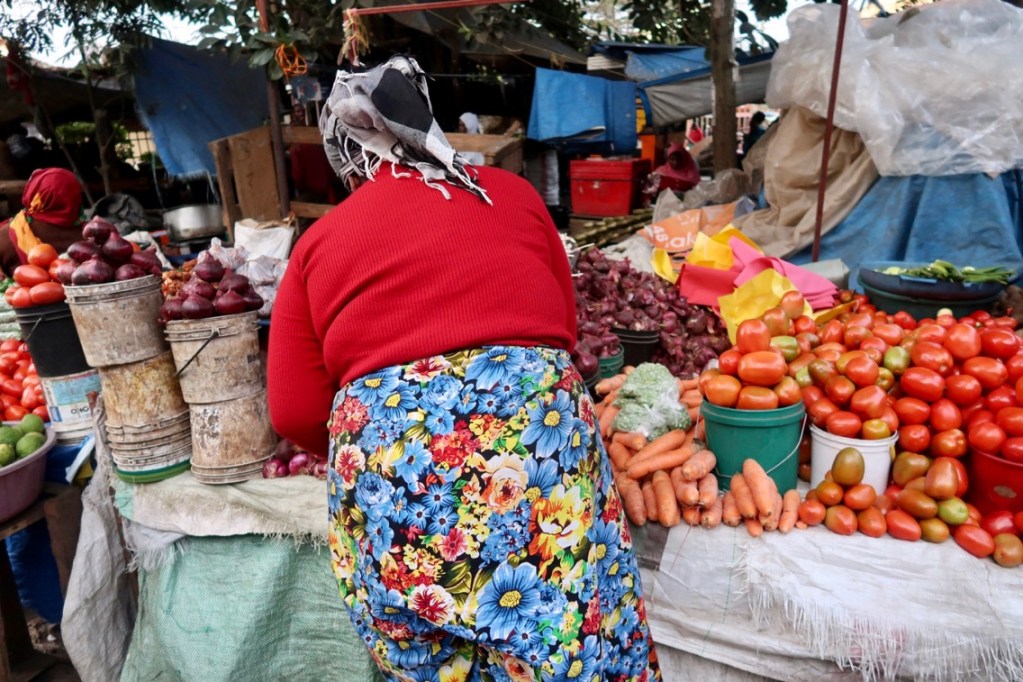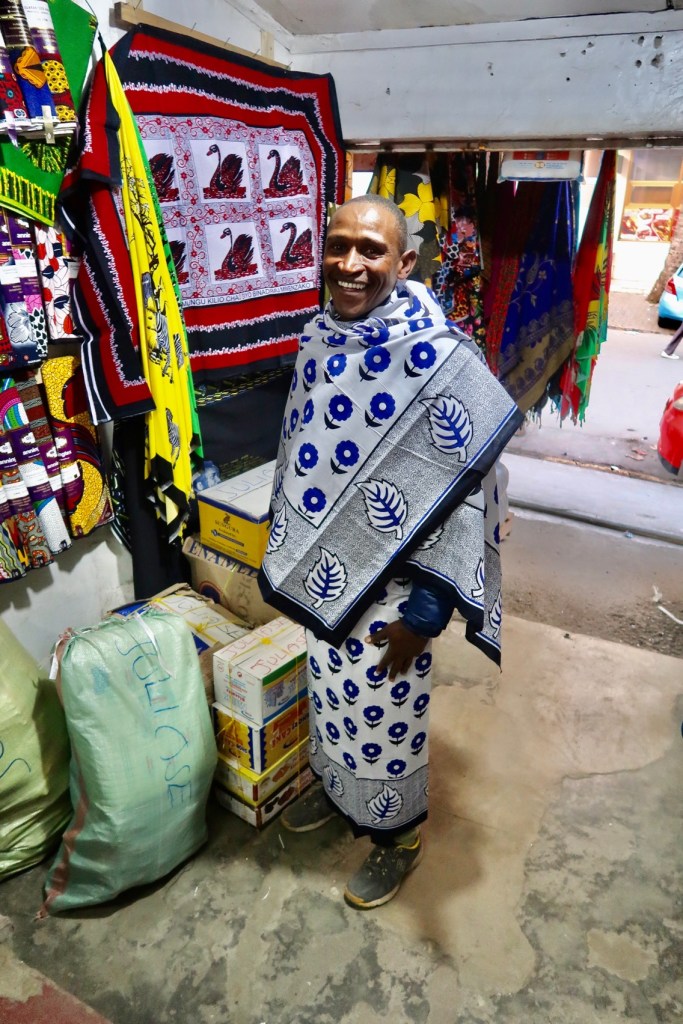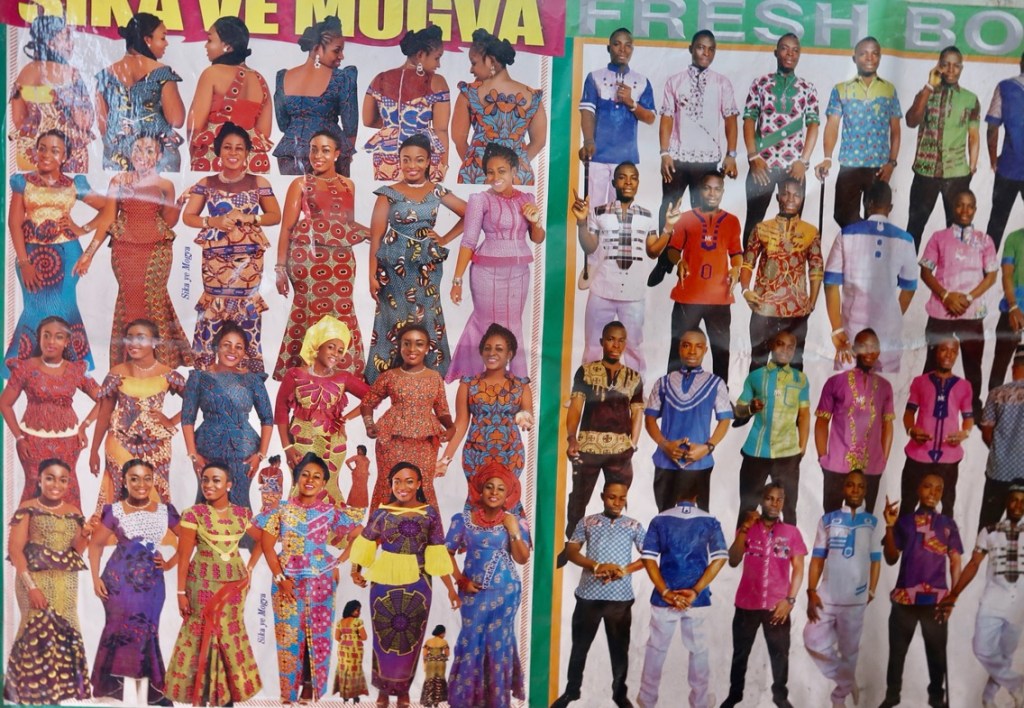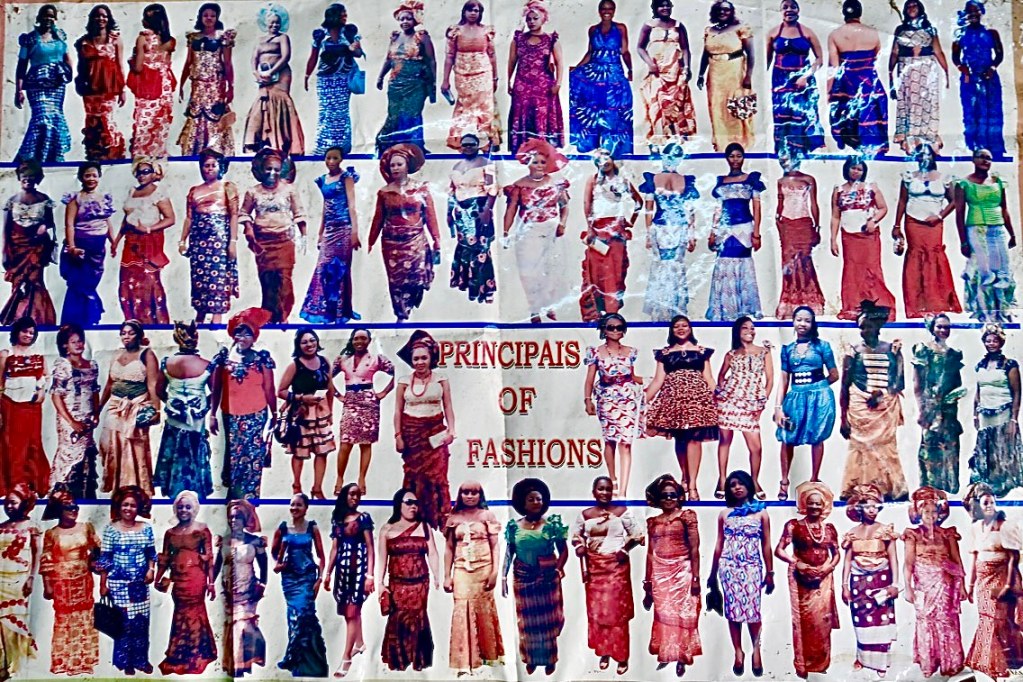Tanzania Safari- Arriving In Arusha, And A Bit About The Different Tribes Of Tanzania
Tanzania Safari- Arriving In Arusha, And A Bit About The Different Tribes Of Tanzania
We decided to rearrange our trip plans in order to fit in a week- long Safari trip in Tanzania.
Originally, we had planned this trip as two months of diving in different locations around Zanzibar and its surrounding islands.
We only brought beach clothes with us, along with all of my diving gear.
A week before departing on the safari, we booked our air tickets to Kilimanjaro, and sent emails to different safari tour operators in Arusha, asking for a suggested itinerary, what vehicles they would use, and their accommodation choices.
Prices of Safaris in Tanzania range from budget to luxury.
The budget are a group safari with accommodations in local guesthouses.
We finally decided on a tour company that offered the best accommodation options, plus a private safari in a large Toyota Land-cruiser that has an open roof for animal viewing.
We flew into Kilimanjaro airport, located at the foot of Mount Kilimanjaro.
Mount Kilimanjaro is the highest mountain in Africa, at a height of 5,895 meters above sea level.
It is the highest single free-standing mountain in the world, meaning that it is not a part of a mountain range.
The landscape surrounding it is a flat plain.
If you have come to climb Mount Kilimanjaro, it is best to stay in the town of Moshi.
It takes about six or seven days to climb Kilimanjaro, depending on which route you take.
There are many tour operators through whom you can hire a guide, a cook and porters who will carry your camping equipment and set it up for you each night.
Because we came to do a Safari Drive, we stayed in the town of Arusha, seventy kilometers west of Kilimanjaro, at the base of Mount Meru.
Tanzania’s Mount Meru (not to be confused with the famous Mount Meru in India) stands at 4,562.13 meters.
It is the fifth-highest mountain peak in Africa
The town of Arusha is not a very pedestrian friendly place.
But we did not know that until after we had checked into our hotel and ventured out on foot to check out the town’s vibes.
We also had a goal in mind.
Because we had only beach clothing with us, we hoped to buy a pair of warm fleeces.
Arusha was already much colder than Zanzibar and it gets quite chilly at night.
The Ngorongoro Crater, which was on our itinerary to visit, is an even colder place.
In my mind, I was expecting Arusha to be a bit like Kathmandu, which is a fabulous town with lots of mountaineering gear shops, to kit the adventure seeking trekkers for all weather conditions.
Arusha and its central market do not resemble Kathmandu in any way.
It is a dusty town full of overloaded streets, mostly catering to locals.
High heaps of old shoes are piled on the sidewalks or on wooden carts.
Used and well worn clothing are mostly what is for sale in the central market.
As we obviously looked like tourists, we attracted a “Fly Catcher.”
Fly catchers are local people who stick to or follow the tourists, with the pretense of being their tour guide to the city.
Our fly catcher was a nice young man, and the city seemed like the kind of place where we would attract a crowd if we did not have one, so I decided to allow him to walk with us.
He parted the cars for us as we zigzagged across the busy streets, pointed out huge potholes we should avoid, and helped us navigate the different markets around the Central Market.
The central market was the most interesting one.
Vendors sold local coffee, fish, meat, and fruit and vegetables, including some that I had never seen before.
I told Emmanuel, our fly catcher, that I wanted to buy warm fleeces, or something similar to it.
He said that we can get them in the Samunge market.
A quick search of my phone showed me that this market was a bit of a shady flea market.
I explained that we do not want to buy used fleeces, but new ones.
Emmanuel looked at me with amazement, as if I were suggesting buying a luxury car while in Arusha.
“Oh, if you want to buy BRAND NEW clothing, we have to go to another market” (Emphasizing the words “brand new).”
Before going to the market, we stopped for a late lunch at a local cool cafe.
They looked at us sideways as we entered with a flycatcher, but were polite and hospitable.
We invited Emmanuel to have a light meal and a fresh juice.
The market that Emmanuel suggested as selling brand new clothing, turned out to have no fleeces and the jackets and sweatshirts they did sell were ghastly.
It seemed like somebody had hired the least talented designer imaginable to design clothing from cheap and scratchy fabrics.
We went from stall to stall, and vendors ran to us, carrying their supply of sweatshirts and jackets from their stalls.
All looked totally unwearable and impractical.
Eventually, I realized that our best option was to buy the Maasai Shuka, a traditional blanket worn by both men and women of the Maasai tribe.
The Maasai Shuka blanket is a very practical item.
It is used as a scarf, a shawl, a face covering from the relentless dust, a blanket, a skirt, and a wrap around dress.
We went into a wholesale Shuka blanket store, which sold a huge variety of colors and patterns.
Around us a crowd of shady looking men had quickly gathered, telling me that we must not pay more than 10,000 Shillings, or around $4 USD per Shuka.
The owner of the store yelled at them and shooed them all out of his store, telling us they were liars and robbers, and we settled on 15,000 per Shuka.
We wrapped the Shukas around our necks and shoulders and felt warm again.
On my map, I saw that there was a small mall in town, but it was already evening time and the mall was nearly closing down.
We walked to the end of town where the small mall is located, and saw more of the ugly sweatshirts in ghastly designs.
It was time to call it quits and return to our hotel.
During the taxi cab ride back to the hotel, Emmanuel told us that he too was a painter.
He took from his bag the same generic African art we have seen in every tourist shop in Zanzibar, and pretended that he had painted them.
I asked him some questions and it quickly became obvious that he did not paint any of them.
Still, we gave Emmanuel a small tip when we returned to the hotel, for he was gentle and not very pushy, and he had helped us buy the Maasai Shukas.
Arusha and Kilimanjaro towns have a population that is mostly Christian.
The Dala Dala taxi vans had sun faded stickers of the virgin Mary and writing on the back windows saying:
“God is alive, make someone smile!”
Or “Jesus is my friend, to the very end!”
Or “Revelation!” Or “God saves God blesses!”
Or “God’s loves, God is within!”
Unlike Zanzibar, that is 99% Muslim, The Kilimanjaro and Arusha areas were settled by early Missionaries to the area who converted many local tribes.
Tanzania has more than 75 kinds of tribal people and ethnic groups.
The biggest is the Bantu tribe, which originated in west and central Africa.
The Bantu are farmers and business people.
Most of the African American people who live in the USA originated from this ethnic group.
The second biggest tribe is the Nilelotist people, originating from the Nile river in North Africa.
There are three tribes of Maasai people.
The famous nomadic Maasai tribe, are animal keepers of cows, sheep, goats and donkeys.
They use their cows for meat, milk and blood, which they mix with the milk.
They do not hunt and do not grow any crops.
In fact, they eat neither vegetables nor fruit, unless it is berries they find in the bush.
There are two seasons in Tanzania, the wet season and the dry season.
They move from their villages in the plains, where they live during the dry season, to a higher ground in search of food and grazing for their animals.
The Luo tribe are another ethnic tribe of lake dwellers.
They make their living from fishing and growing crops, including gathering honey, which they trade off for whatever they need.
The Datoga tribe are animal keepers and blacksmiths.
They make sharp arrow heads which the Bushmen Hadzabe tribe use for hunting with their bows and arrows.
All the men of the Luo tribe, which is also the ethnic tribe that President Obama originated from, have names that start with the letter ‘O’ like Obama, Olo, etc.
All the women in this tribe have names that start with the letter ‘A’ like Atieno, Ala, etc.
Another ethnic group in Tanzania is the Cushitic tribe, originally from Ethiopia or Somalia.
They are lighter skinned and they are called the Cushi or Iraqw people.
They are all Christians, like the Bantu.
The Khosan is another ethnic group.
They have two kinds of tribes, both of which pure bushmen but with different living habits.
The Sandawi tribe are hunter-gatherers.
The Sandawi people build permanent homes and live in permanent villages.
The Hadzabe Bushmen tribe have no permanent villages and they build no huts.
They set up their camp under the shade of big trees in the bush, and migrate to the mountains where they live in caves, when the season changes.
They are hunter gatherers and raise no crops, keep no animals, build no permanent huts and eat only meat or whatever fruit or nuts they can gather.
They live in small family groups where a man marries only one wife, unlike the Maasai tribe, where a man can marry as many wives as he wishes, as long as he can afford to give at least ten cows to her family as payment.
From Arusha, Hakuna Matata and love and light,
Tal
